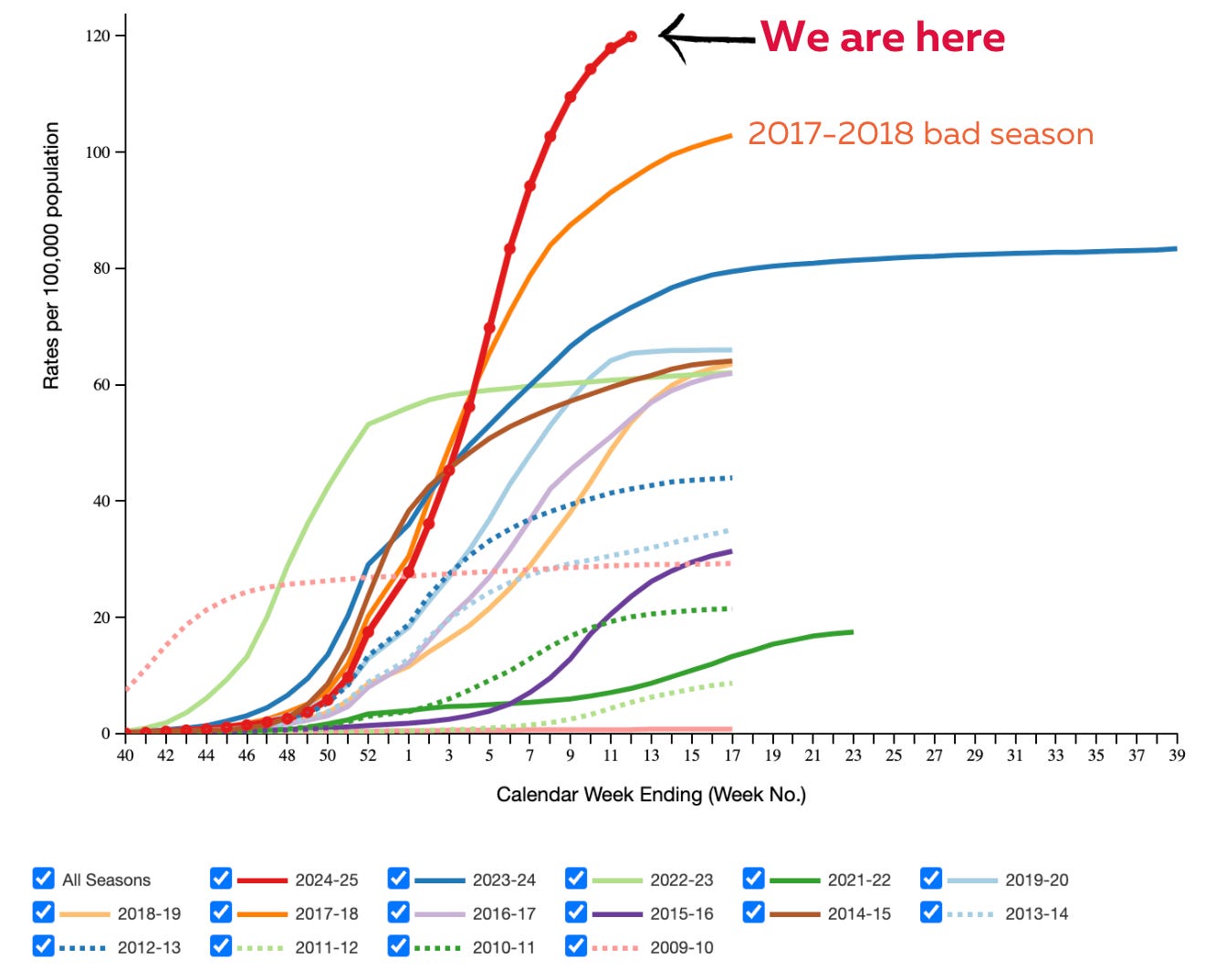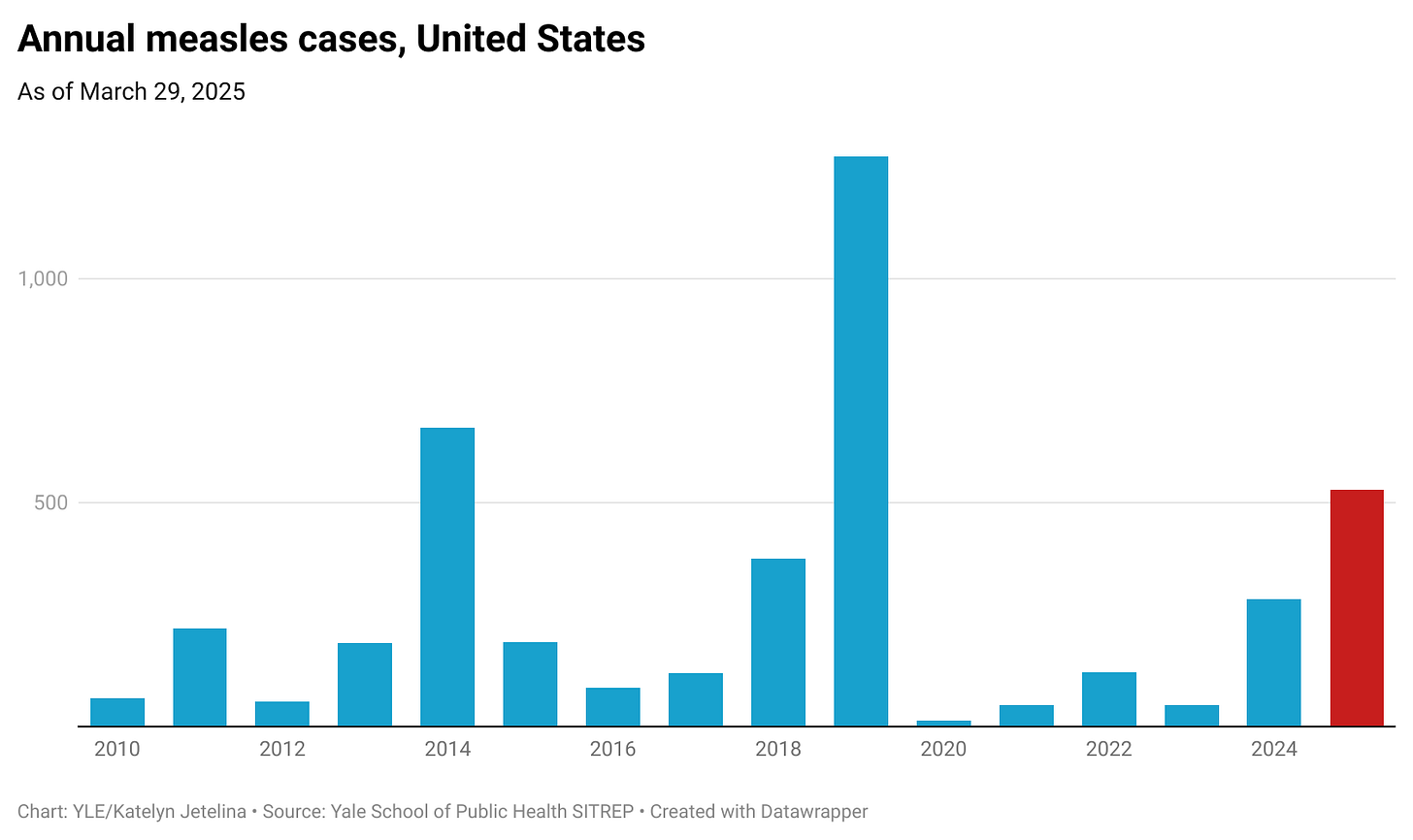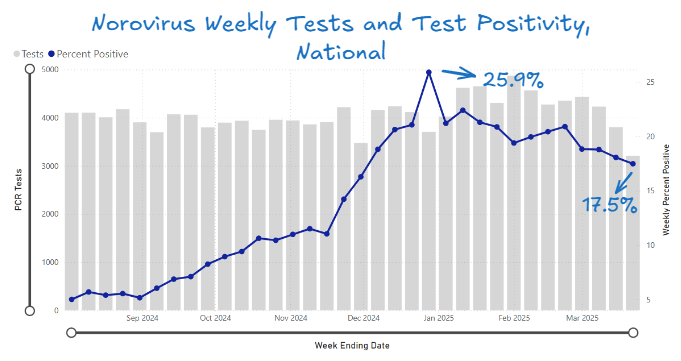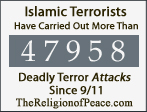===============
"At 102, Shirley Goodman is having a great time as “The Dancing Nana.”
"Her family posts videos on Instagram of the great-grandmother tap dancing, shimmying, doing the floss dance and otherwise enjoying herself at parties and family gatherings. She's a "true believer in the power of dance," they say.
"Goodman went viral in 2019 when she performed the Tush Push, a line dance with twirls and kicks, at the age of 96 at her nephew’s wedding, as other, much younger guests barely kept up with the routine.
"The video made her an Instagram star.
"Goodman turned 102 on March 14 and attributes her longevity to tap dancing, a positive attitude and milk chocolate, she told TODAY's Al Roker in an interview that aired on April 4.
"She even gave him a tap dancing lesson — "It's not as easy as it looks, keeping up with The Dancing Nana," Roker said — with both later performing in front of an audience. He then surprised her with jars of Smucker's jam with her picture on them.
"The centenarian even shared a "raunchy" poem about aging, that ended with the line "The golden years can kiss my a--."
"She said she feels about 40 years old.
“I feel great — (age) is just a number to me,” Goodman, who lives independently in Sarasota, Florida, told TODAY.com when she turned 100 in 2023.
“I would advise people, if they like music at all, to keep it in their lives and don’t just sit home in a rocking chair.”
"How did Goodman achieve such healthy longevity? Many people may be surprised she doesn’t eat healthy food and is an energetic 102-year-old despite obstacles such as heart disease and other health problems.
"Here is her longevity advice:
"Goodman, who was born in 1923 in Troy, New York, started dancing when she was 8 years old. Her dad, “a vaudeville man,” taught her how to tap dance and she opened her own dancing school at 17, where she taught ballet and ballroom dancing.
"She closed the school when she got married a few years later, but has continued to enjoy dancing all her life. Studies have found that besides providing enjoyable physical activity, dancing can be beneficial for brain health and reduce the risk of becoming physically disabled.
"Goodman played tennis until she was 90 and also took up golf, “but I wasn’t crazy about that,” she says. Goodman is also not a fan of walking: “I only walk as far as my mailbox, which is about five minutes.”
"She does yoga via FaceTime with her daughter, Joan, who lives in Albany, New York.
"Goodman has survived many crises in her life, but always tried to stay positive.
'Soon after she got married in 1943, her husband, a pilot, left to fight in World War II. He was shot down the next year and was a prisoner of war until 1945. When he came home, the couple had four children and were married until his death in 1995.
"Goodman has had two open-heart surgeries, including a bypass surgery to fix clogged arteries, and has a pacemaker and a stent. She also deals with vision and hearing problems, but continues to keep dancing.
“My legs are still working,” she says. “I’m an optimist. I try to do positive thinking all the time. That’s very important. I have a bracelet that says ‘Positivity’ on it. I wear it every day and I try to stay positive.”
"She advises others to try to be happy with their thoughts and their families.
"Longevity experts previously told TODAY.com that many people who live long healthy lives don’t exactly focus on yogurt and vitamins, and Goodman might be an example of that.
“I don’t eat healthy food,” she says. “My kids would holler at me… but when I hit 90, they stopped bothering me.”
“We figured she was going to outlive us,” Goodman’s daughter Joan, 73, tells TODAY.com. “(But) you would not want to write a cookbook based on her nutritional recommendations. I think the secret is to enjoy what you’re eating.”
"Goodman says she loves fried foods like shrimp — “anything that’s cooked in batter” — plus chocolate and any kind of sweets. She likes to have at least one piece of chocolate after each meal, including a chocolate chip cookie with breakfast. The centenarian doesn’t like the healthier dark chocolate — her favorite is milk chocolate with nuts. She also doesn’t eat a lot of vegetables or home cooked meals.
“I say ‘cook’ is a four letter word, so I don’t cook very much,” Goodman says. “I eat very small portions, but I eat everything and anything I like.”
"But the centenarian doesn’t drink alcohol — she doesn’t like the taste. She also never smoked.
'Goodman has four children, 10 grandchildren and eight great grandchildren. She’s been teaching some of them how to do the Tush Push.
“I
attribute (my longevity) mostly to two things. One is my family — I
have a wonderful, devoted family. And the jazz, the music down here in
Sarasota, and my tap dancing, that’s what keeps me going.”

















.jpg)